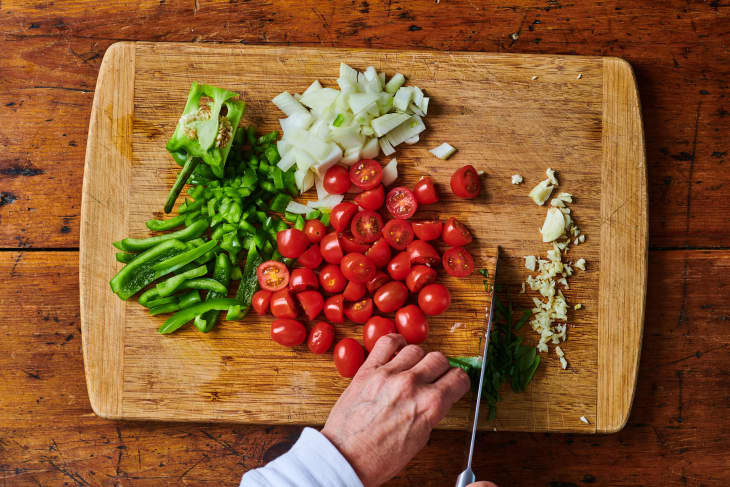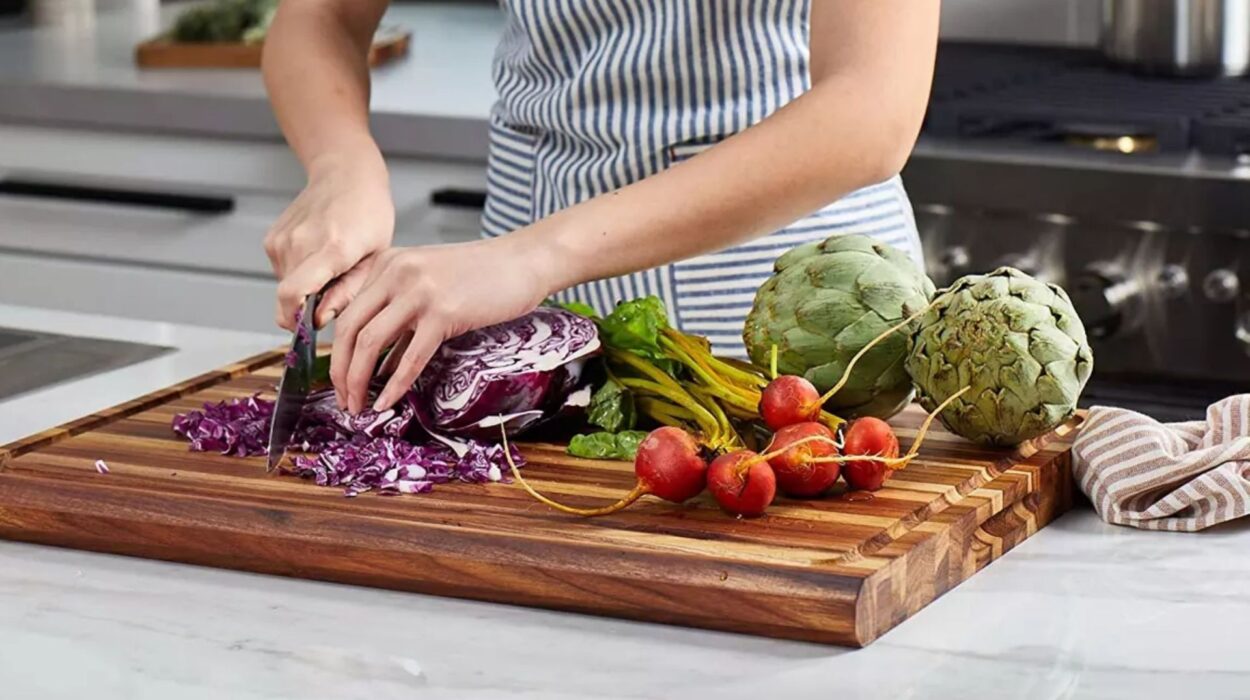When it comes to kitchen safety and hygiene, one of the fundamental questions that arise is what color cutting board for raw chicken should be used? Navigating through the choice can be a daunting task given the variety of cutting boards available. But, ensuring proper food safety requires an understanding of which cutting board is most suitable for handling raw chicken.

Why Color-Coded Cutting Boards Matter
Color-coded cutting boards are a tremendous innovation in modern kitchen technology. By using different colors for different types of food, you can greatly minimize the risk of cross-contamination. This is particularly important when handling raw chicken, which carries bacteria like Salmonella and Campylobacter. These bacteria can be harmful if they contaminate other foods.
The Role of Yellow Cutting Boards
Most professionals recommend using a yellow cutting board for raw chicken. The color yellow is often designated for raw poultry to ensure that there is no confusion, and it is easy to remember. This is a standard practice in commercial kitchens and many home kitchens alike.
Benefits of Using Yellow Cutting Boards
- Easy Identification: Yellow stands out, making it easier to identify and less likely to be confused with other cutting boards.
- Reduced Cross-Contamination: By using a color-coded system, you reduce the chances of cross-contamination with other foods.
- Compliance with Regulations: Many health departments and food safety regulations recommend or require the use of color-coded cutting boards.

What Materials Are Best for Cutting Boards?
Selecting the right material along with the right color can further enhance kitchen safety. Here are a few commonly used materials:
Plastic Cutting Boards
Plastic cutting boards are popular due to their non-porous nature, which makes them easier to clean and sanitize. Additionally, plastic boards are usually dishwasher safe, offering convenience.
Wooden Cutting Boards
While not commonly used for raw meat, wooden cutting boards can be useful for other kitchen tasks. However, they can be harder to sanitize and could potentially harbor bacteria.
Bamboo Cutting Boards
Bamboo cutting boards are eco-friendly and durable but may not be the best choice for raw poultry. They tend to absorb more liquids, which could lead to bacterial growth.

Maintaining Your Cutting Board
Cleaning and Sanitizing
Proper maintenance of your cutting board is crucial for preventing bacterial growth. Wash it thoroughly with hot, soapy water after each use. For plastic boards, a dishwasher can be utilized for more effective cleaning.
For additional tips on maintaining cutting boards, you can visit this guide on maintaining cutting boards.
Periodic Replacement
Over time, cutting boards can develop deep grooves from repeated use, which can harbor bacteria. It is advisable to replace your cutting board when it becomes excessively worn out.
FAQs
Why is yellow the recommended color for raw chicken cutting boards?
Yellow is recommended because its easily identifiable and reduces the risk of cross-contamination. Many food safety guidelines endorse this practice.
Can I use the same cutting board for raw chicken and vegetables if I wash it?
Its better to use separate cutting boards. Even with thorough washing, there’s still a risk of cross-contamination.
What material is best for a raw chicken cutting board?
Plastic is typically the best option as it’s non-porous and dishwasher safe, making it easier to clean and sanitize.
Conclusion: Make the Safe Choice
Ensuring that you use the right color-coded cutting board for raw chicken is a crucial step in maintaining kitchen hygiene and food safety. With the delighted choice of a yellow cutting board and proper maintenance, you can prepare meals with more confidence and safety. For more information on cooking techniques, check out this guide on cooking chicken shish kabobs and other recipes.
As an Amazon Associate, I earn from qualifying purchases.


